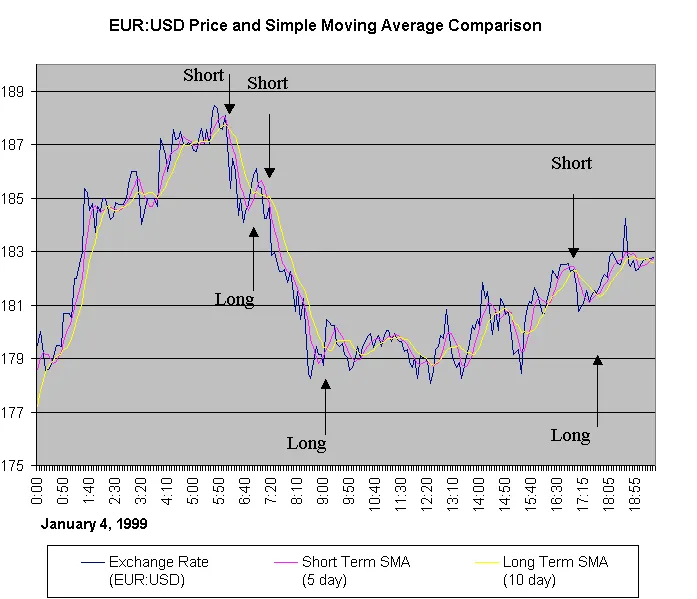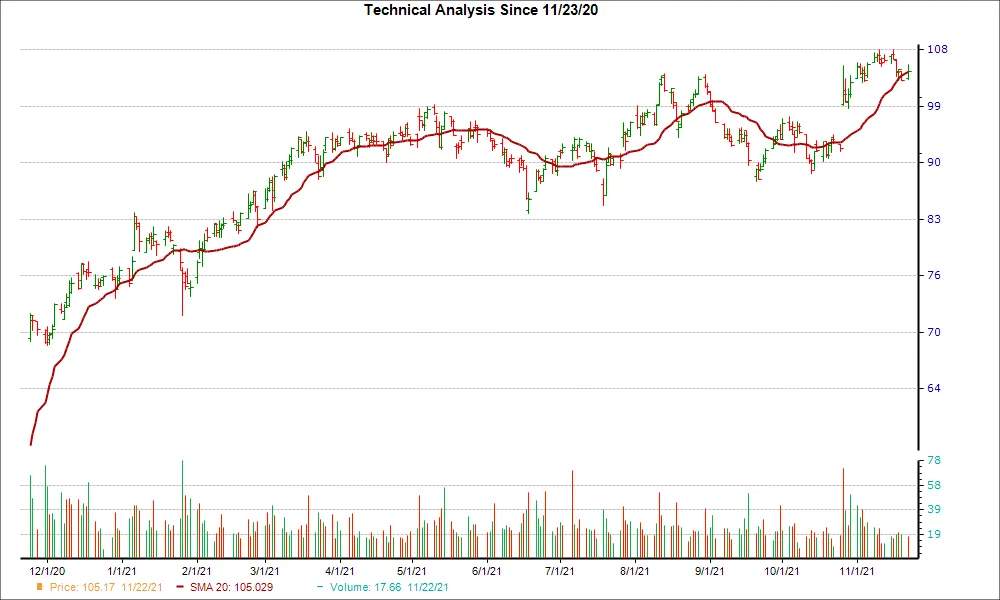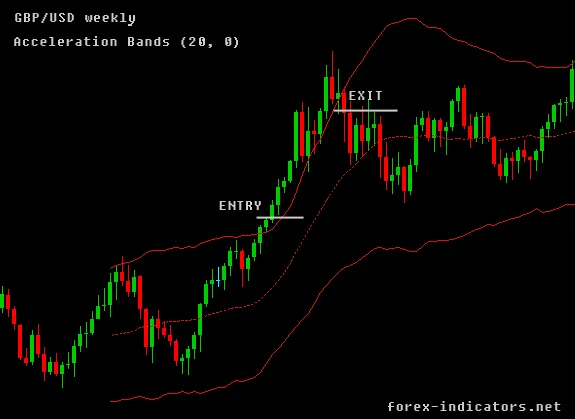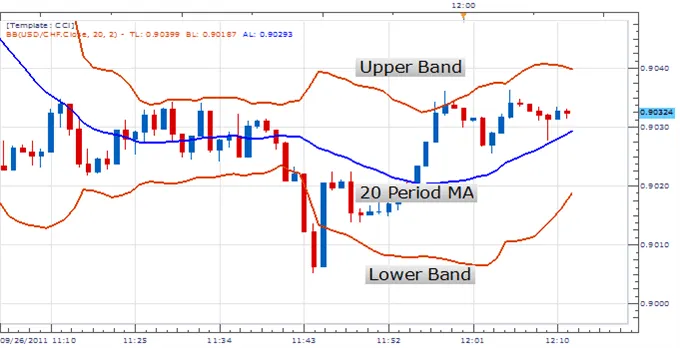Floating Profit/Loss Study
By Samantha Baltodano
TL;DR:
The floating profit/loss indicator is a tool that helps traders track the profit or loss of an open trade position. It's calculated by subtracting the opening price of the trade from the current market price and multiplying by the number of units traded. The result is a floating profit if positive or a floating loss if negative.
Traders can use the indicator to determine when to close their positions to lock in profits or cut losses. This can be done through taking profit or stop loss orders, or by holding the position if they believe the market will continue to move in their favor. It's important to monitor the floating profit/loss closely and be prepared to act quickly to manage trades effectively.
What Is The Floating Profit/Loss Study?
The floating profit/loss indicator is a metric that shows the current profit or loss of an open trade position.
It represents the difference between the current market price and the price at which the position was opened, multiplied by the number of units of the currency or asset being traded.
The term "floating" refers to the fact that the profit or loss is not yet realized, because the trade position is still open. This means that the floating profit/loss can fluctuate as the market price changes, and it's only when the position is closed that the profit or loss becomes realized.
Calculation
To calculate the floating profit/loss, you need to know three things:
- the opening price of the trade position,
- the current market price,
- and the number of units of the currency or asset being traded.
The formula for calculating the floating profit/loss is as follows:
- Floating profit/loss = (current market price - opening price) x units traded
If the result is a positive number, it represents a floating profit, while a negative number represents a floating loss.
For example, let's say you bought 100 shares of XYZ company at a price of $50 per share.
If the current market price is now $55 per share, your floating profit would be $500 ((55 - 50) x 100). On the other hand, if the current market price is $45 per share, your floating loss would be $500 ((45 - 50) x 100).
Trade Signals
So, how can traders use the floating profit/loss indicator to make trading decisions?
Here are a few potential trade signals:
- Take Profit: If a trader has a long position (i.e., they bought an asset) and the floating profit reaches a certain level, they may decide to close the position and take the profit before the market price reverses. Similarly, if a trader has a short position (i.e., they sold an asset) and the floating profit reaches a certain level, they may decide to close the position and take the profit.
- Stop Loss: On the other hand, if the floating loss reaches a certain level, a trader may decide to close the position and limit their losses. This is known as a stop loss order.
- Trailing Stop: A trailing stop order is a type of stop loss order that follows the market price as it moves in the trader's favor. For example, if a trader has a long position and the market price increases, they can set a trailing stop order that is a certain distance away from the current market price. If the market price falls back to that level, the position will be automatically closed and the profit will be realized.
- Hold Position: Finally, a trader may decide to hold a position if they believe the market price will continue to move in their favor. In this case, the floating profit/loss can serve as a gauge of the position's performance.
Let's look at an example to make this clearer.
Example
Imagine you're a forex trader and you decide to buy 1 lot of EUR/USD at an exchange rate of 1.2000. A lot in forex trading typically represents 100,000 units of the base currency (in this case, the euro). So in this example, you're buying 100,000 euros with US dollars.
Now, let's say that the exchange rate moves in your favor, and the current market rate is now 1.2500. This means that 1 euro is now worth 1.2500 US dollars. If you were to close your trade at this point, you would make a profit of 5000 US dollars (100,000 euros x (1.2500 - 1.2000)).
However, you haven't closed your trade yet. You're still holding onto your position, waiting for the exchange rate to move even more in your favor. So, at this point, your profit is "floating" - it's not yet realized. The floating profit is currently 5000 US dollars.
Now, let's say that the exchange rate moves against you, and the current market rate is now 1.1500. This means that 1 euro is now worth 1.1500 US dollars. If you were to close your trade at this point, you would make a loss of 5000 US dollars (100,000 euros x (1.1500 - 1.2000)).
Again, you haven't closed your trade yet, so your loss is still "floating". The floating loss is currently 5000 US dollars.
Managing Your Floating Profit/Loss
The floating profit/loss indicator is a useful tool for traders because it can help them make decisions about when to close their trades.
If your floating profit is growing, you might want to hold onto your position and wait for the profit to increase even more. However, if your floating loss is growing, you might want to close your position to limit your losses.
It's important to remember that the floating profit/loss is just a snapshot of the current performance of your open trade position. It can change rapidly as the market moves, so it's important to monitor your trades closely and be prepared to act quickly if necessary.
–
The floating profit/loss indicator is a key metric for forex traders and stock market investors. It shows the current profit or loss of an open trade position, and can help traders make decisions about when to close their trades to lock in profits or cut losses.
Summary
- The floating profit/loss indicator represents the current profit or loss of an open trade position and is calculated by subtracting the opening price from the current market price and multiplying by the number of units of the currency or asset being traded.
- The floating profit/loss is a snapshot of the position's current performance and can fluctuate rapidly as the market moves, so it's important to monitor trades closely and be prepared to act quickly if necessary.
- Traders can use the floating profit/loss indicator to make trading decisions, such as closing a position to take profit or limit losses, or setting a trailing stop order to automatically close a position when the market price reaches a certain level.
- Floating profit/loss can be used as a gauge of a position's performance, helping traders decide whether to hold onto a position or close it.
- Forex traders and stock market investors commonly use the floating profit/loss indicator to help manage their trades and make informed decisions.
Floating Profit/Loss is just one of many studies that Archaide automates. For a full list of strategies and studies available click here.
Like what you read? Check out the rest of our content!




